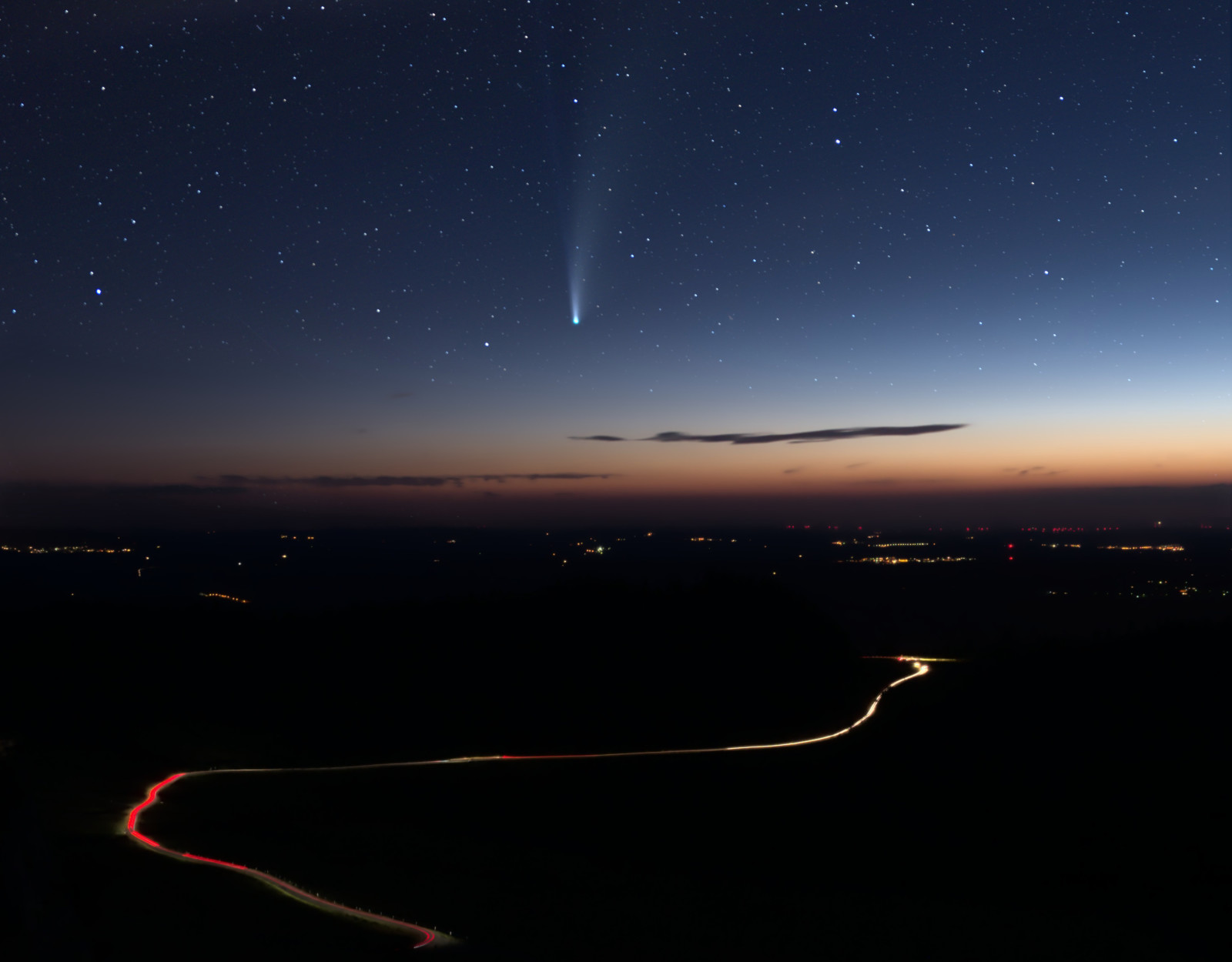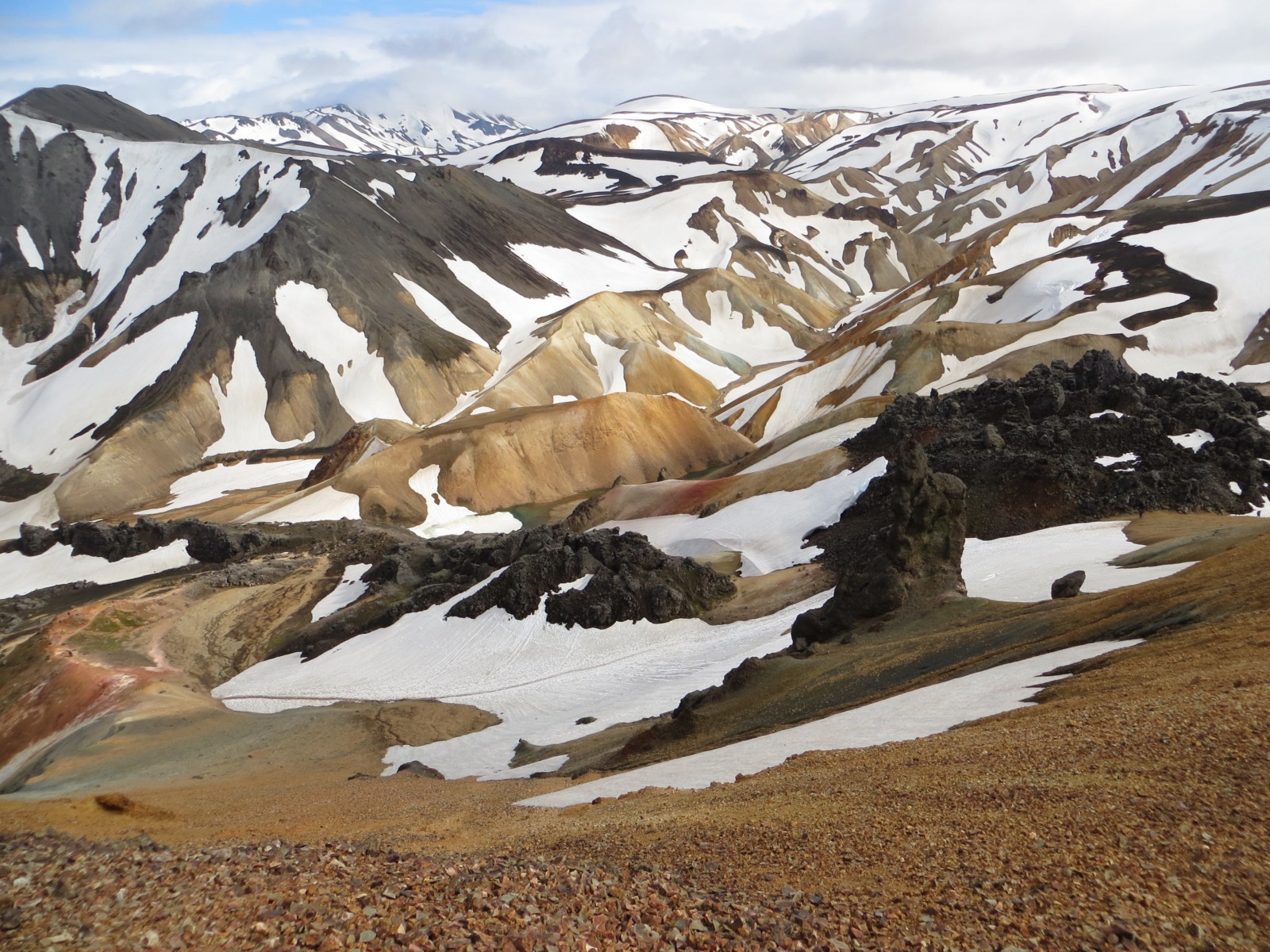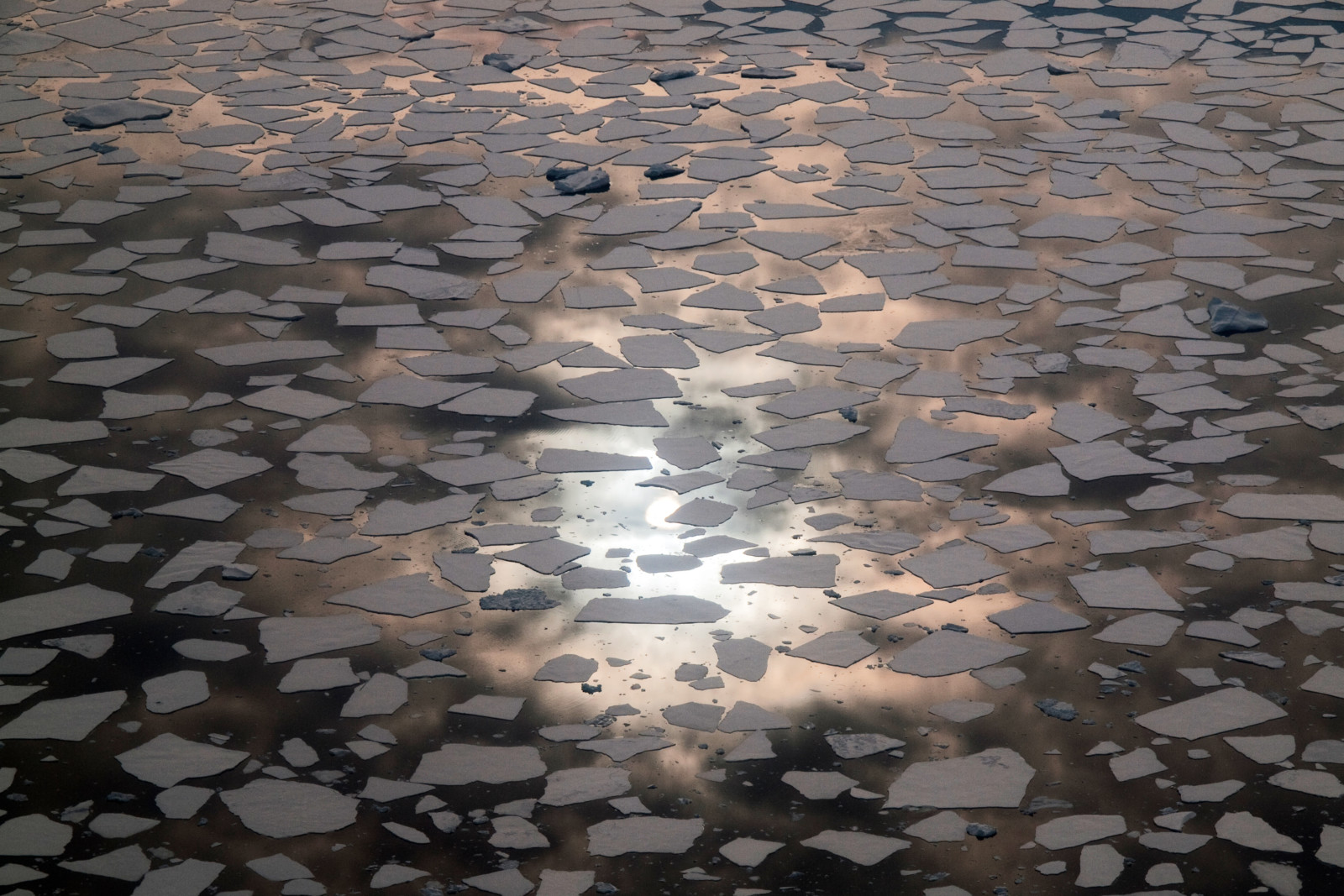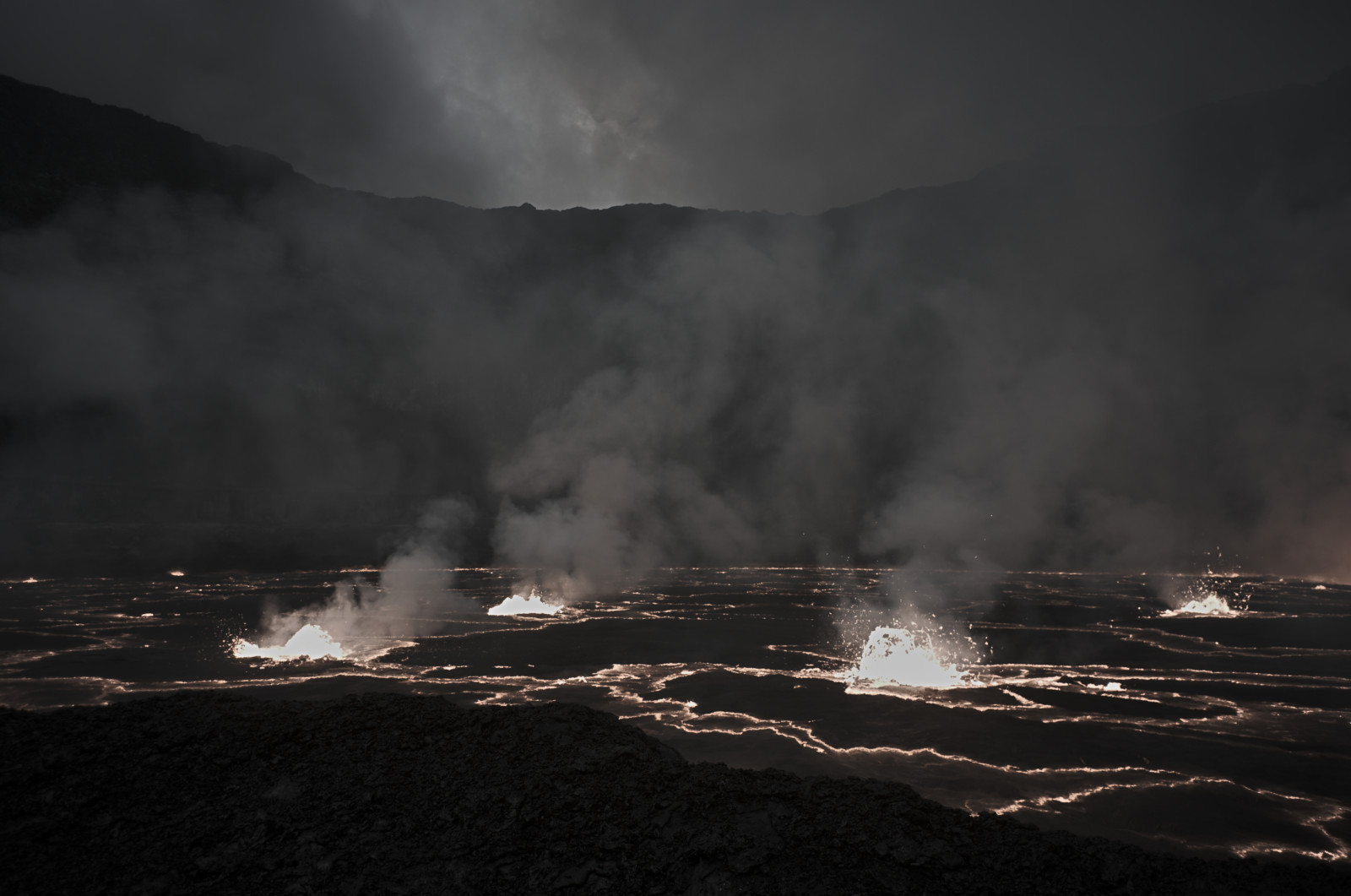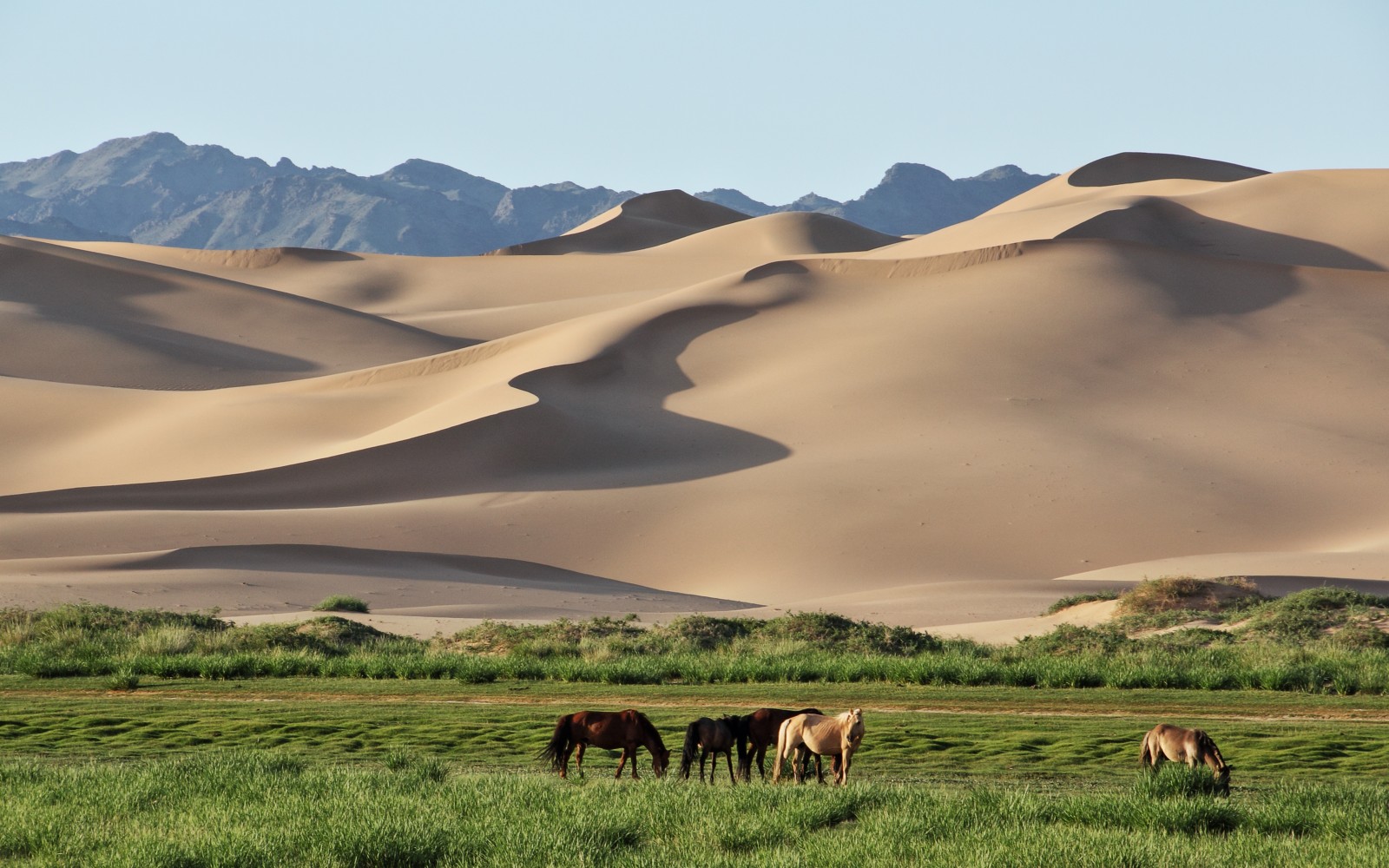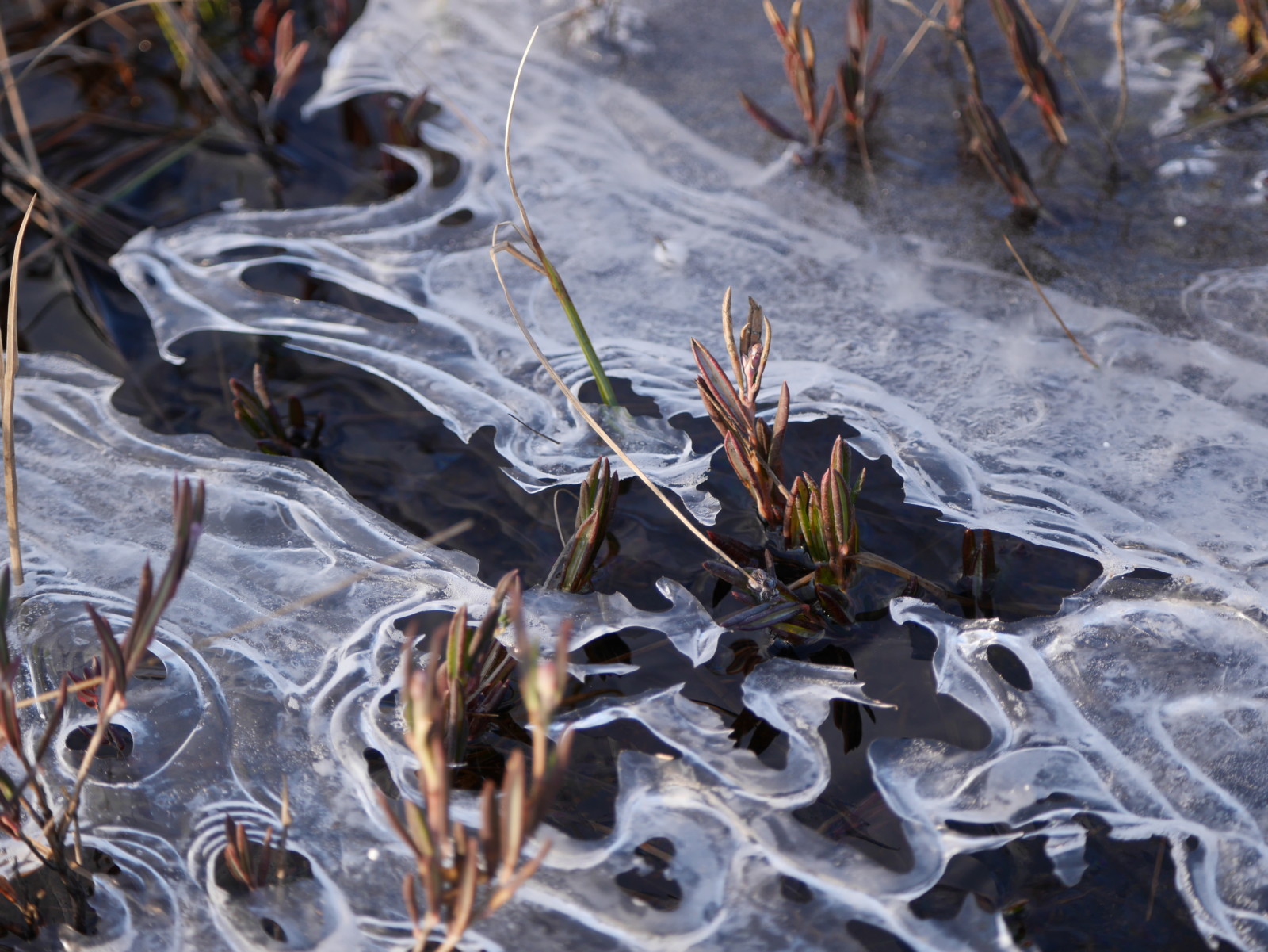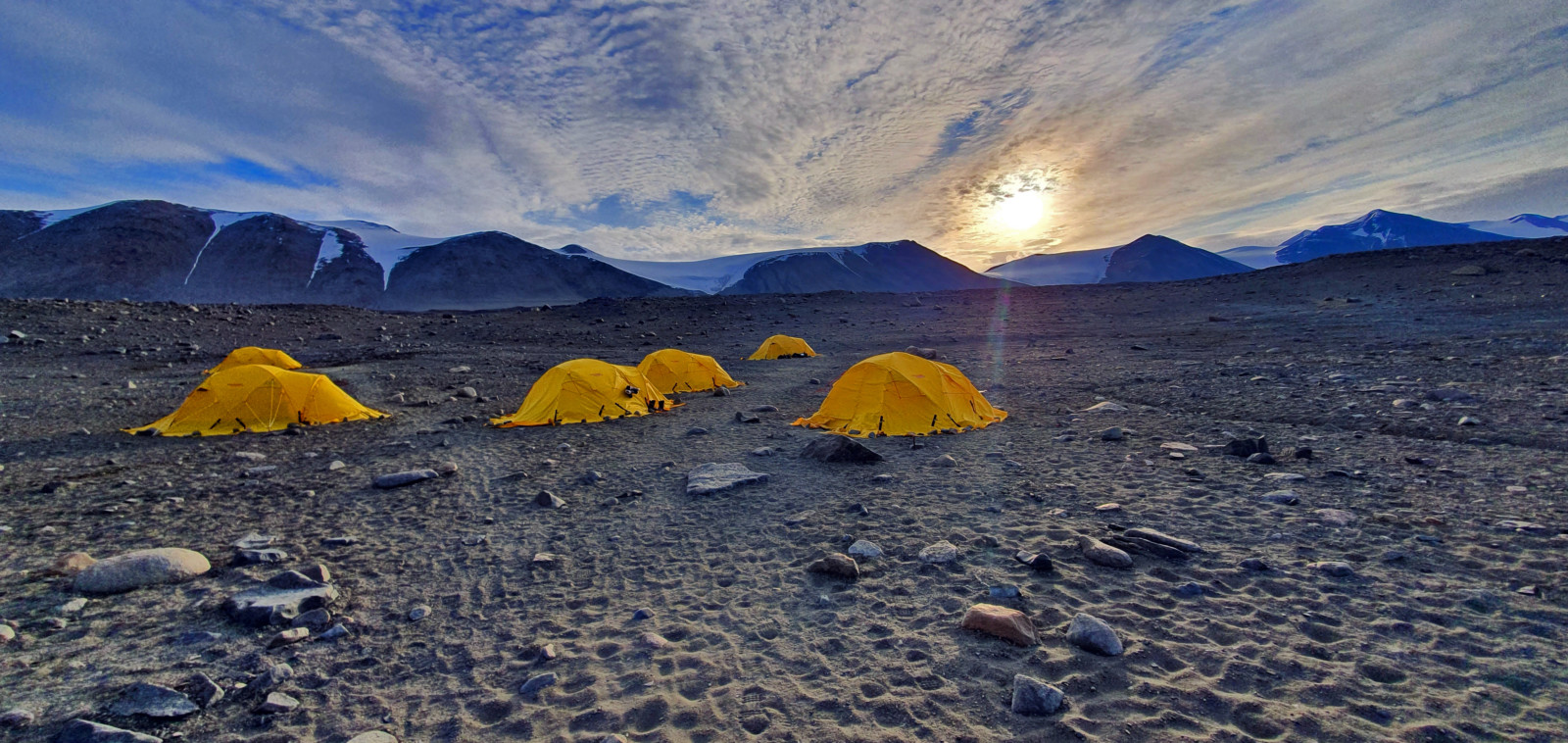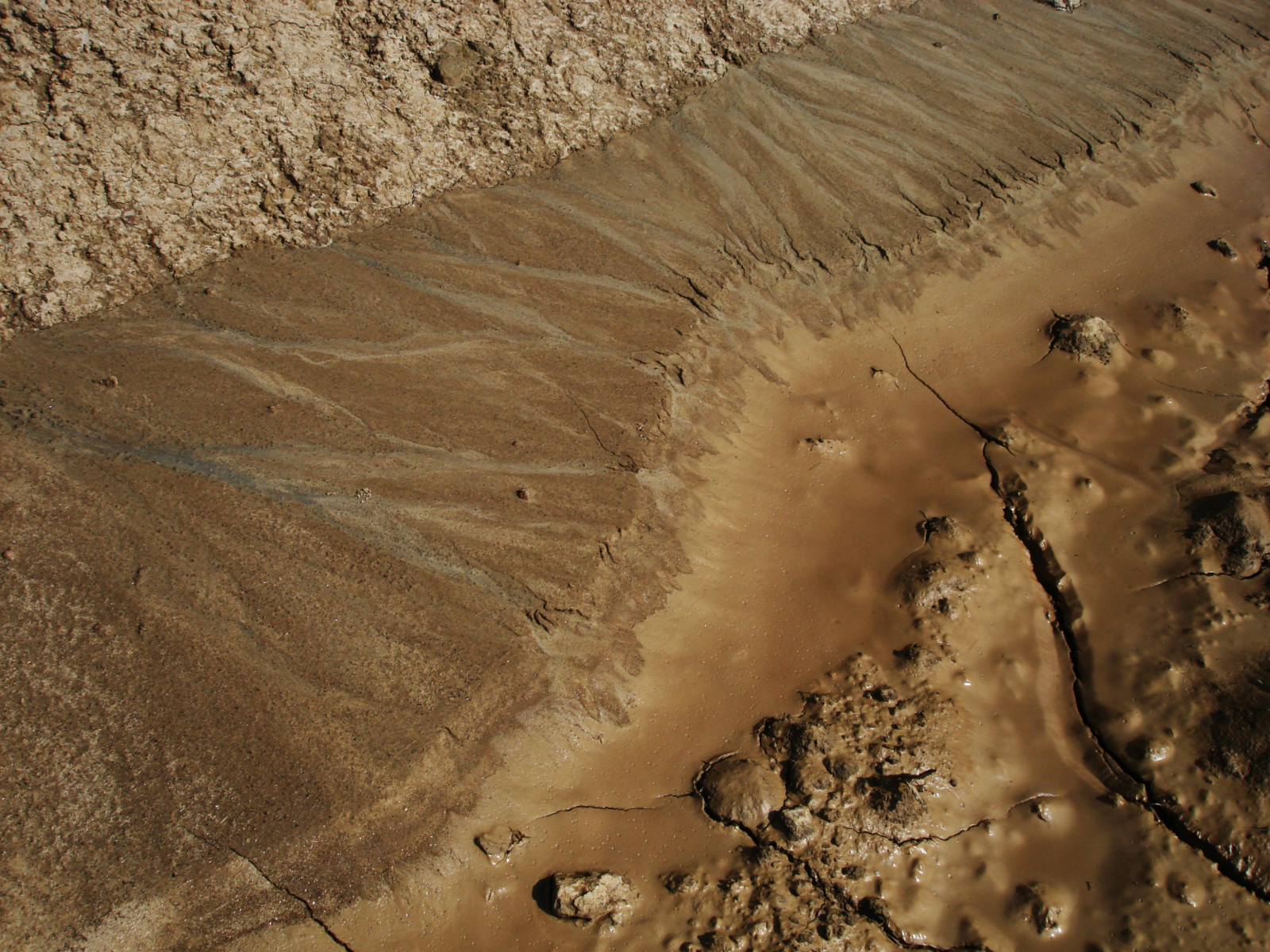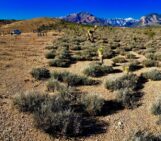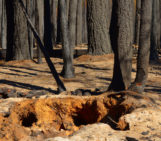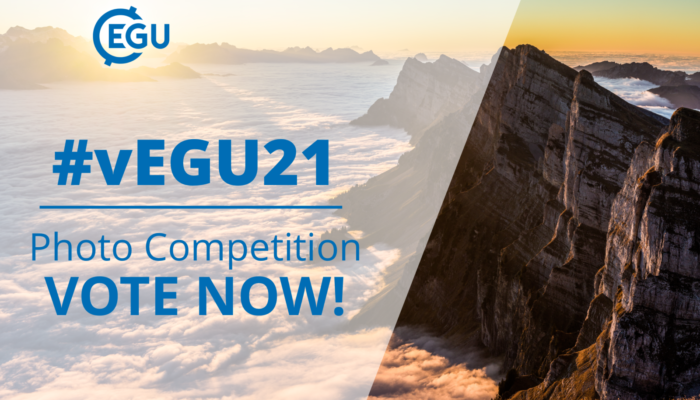
This year’s Photo Competition judging panel did a fantastic job of narrowing down the outstanding photo submissions to the EGU’s Photo Competition to just 10 finalists! The finalist photos are listed below by alphabetical order of the photographer and on the Imaggeo website where you can vote for them from Monday 19 April until Thursday, 29 April 2021, at 18:00 CEST.
The three photos with the most votes will be announced online at midday on 30 April!
Our Top 10 Finalists:
Path to NEOWISE — remembering one of the most memorable moments from a difficult year by S. Mubashshir Ali
A clear summer day in July 2020 provided a perfect view of the NEOWISE comet. After waiting for an hour, I got the perfect light trails thanks to the two cars crossing making it seem like on the path to the comet.
The icing on a lava island by Adam Ciesielski
The landscape with mountains at Landmannalaugar (Iceland), which is near the lava fields.
Sea ice in Marguerite Bay, Antarctica by Andrew Elvidge
The setting sun and clouds are reflected in the still water, interrupted by sea ice floes. Despite the ice being more reflective (having a higher albedo) than the water, its surface is rougher, resulting in the reflected light being more scattered and the mirror effect being lost. Such differences in surface properties make sea ice the dominant control on air-sea exchange processes in the polar oceans. These exchange processes exert a significant influence on the weather and climate of the mid to high latitudes; on ocean circulation and deep water formation; and on the extent, thickness and transport of sea ice.
Bubbling lava lake of Nyiragongo by Jonas Kuhn
Huge amounts of gas escape the bubbling lava lake of Nyiragongo in February 2020. The image was taken with a filter that blocks most of the visible light and thus enhances the contrast of the lava’s thermal emission to ambient sunlight.
The dunes of Khongoryn Els by Martin Mergili
Gobi desert , Mongolia. The rich feeding grounds at the front are supported by water leaking from the dune system which, though superficially dry, serves as a huge water reservoir.
Spring unveils swamp ice art by Joy Ommer
Spring arrived in this swamp and uncovered the beauty of ice. The ice is floating in the air due to a water level decrease during the winter. The plants are reaching for the first sunrays.
Base camp in the Taylor Valley, Antarctica by Alessandra Sciarra
During December 2019 to January 2020, 40 remote field days were carried out covering an area of about 30 km2 in really extreme conditions. The location is the Dry Valleys, considered the largest ice-free regions in Antarctica and one of the harshest permafrost conditions on Earth.
Crevasse patterns at the Fjallsjökull calving margin by Rob Storrar
Crevasses reflecting the stress patterns as Fjallsjökull retreats into its proglacial lake.
Hot spring waters meet the cold Maipo river by Camilo Vergara Daskam
One of the most spectacular geological places of my homeland, Cajón del Maipo, in the Andes mountain range. The thermal springs heated by the magamatic activity of the Maipo volcano (60°C) meeting the icy waters originated by the glacial melting in the slopes of the same volcano (°5C).
Canyons and deep water escarpments…on hand by Chiara Zuffetti
Sediments travel through impetuous streams which merge into rivers that braid and, finally, flow into the sea. They even go further, along steep escarpments during seismic events. Now let’s shrink the scale of observation, reduce the geological times and here we are, looking at this puddle (length of the lower side of the img: 20 cm). The same processes occur at different space-time scales, producing comparable architectures: the multi-scale observation is the most intriguing aspect of the Earth Sciences!

